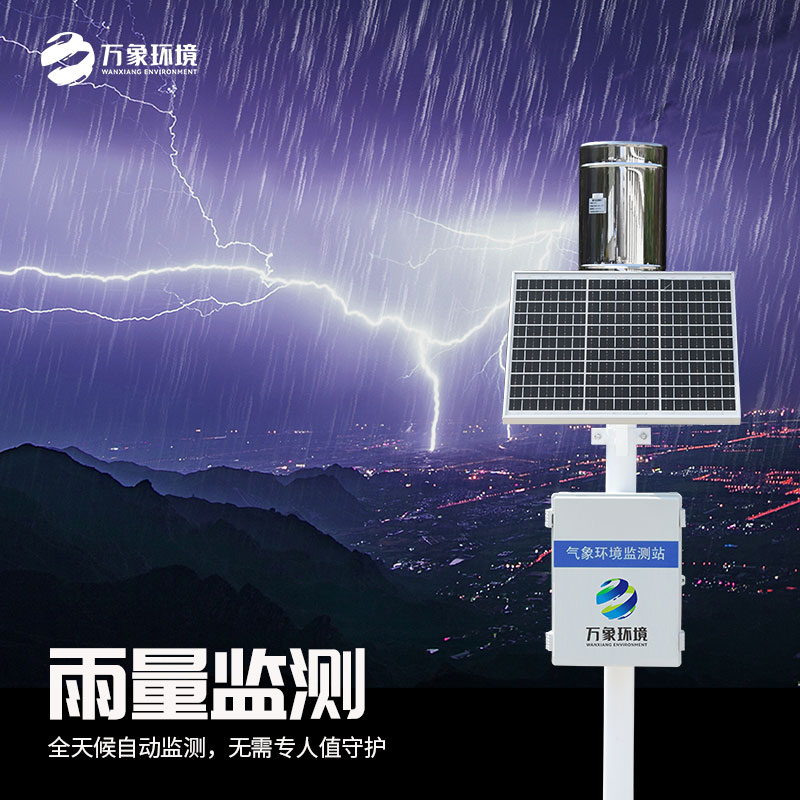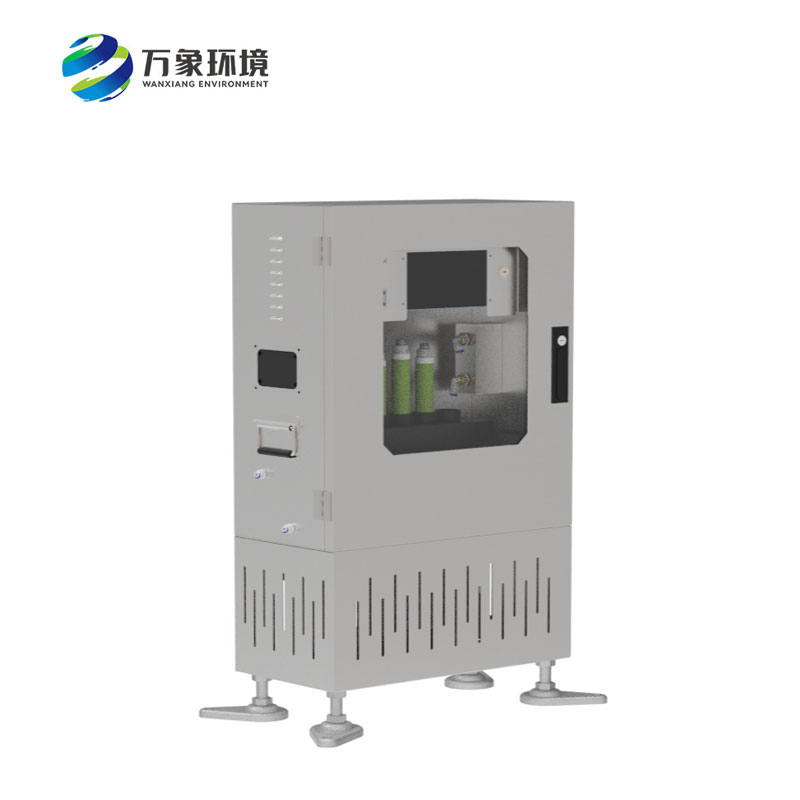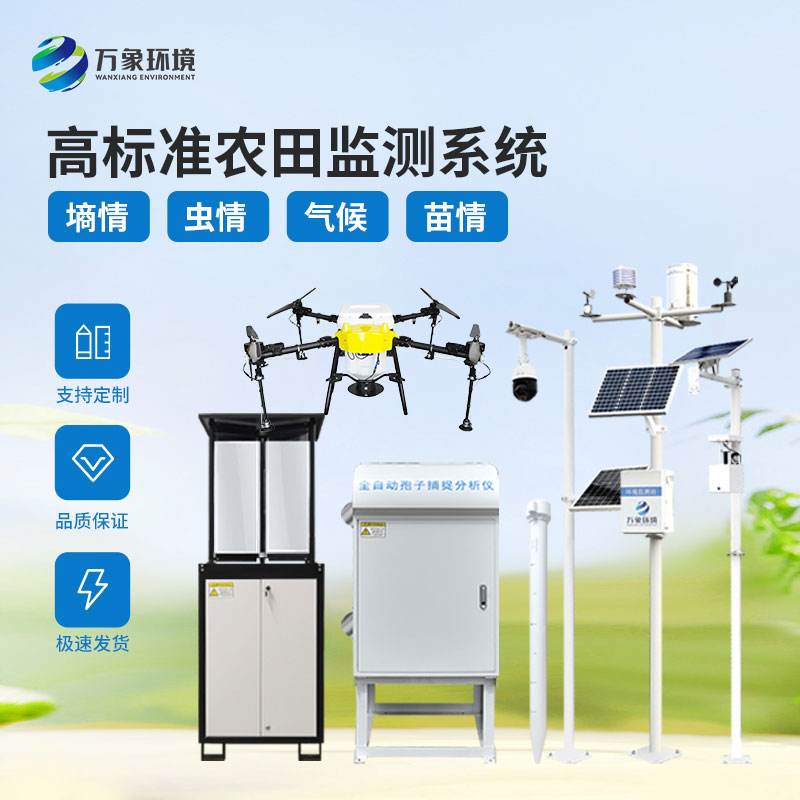On the vast land, every drop of rain carries the mystery of nature and the expectation of life. Among them, the rainfall observatory, as the guardian of the earth, silently records the subtle changes of every rain and guards the harmonious symbiosis between human beings and nature.
The WX-YJ1 Rainfall Observatory, as its name suggests, is primarily tasked with monitoring rainfall and its associated parameters. They are usually set up in representative locations and use professional instruments to accurately measure key data such as the amount of rain falling, the intensity of precipitation and the duration of precipitation. These data are vital not only for weather forecasting and agricultural production, but also for water resources management, disaster prevention and mitigation.
In the rain observation station, the most core measuring equipment is the rain gauge. A rain gauge collects rainwater and measures its volume to determine the amount of rainfall. With the development of science and technology, modern rain gauges have been able to achieve automated, high-precision measurement, greatly improving the accuracy and efficiency of observation. In addition, the rain observation station will also be equipped with other auxiliary equipment, such as anemometers, thermometers, etc., in order to have a more comprehensive understanding of the meteorological conditions during rainfall.
The data monitored by the rainfall observation station have a wide range of applications in many fields. In the field of meteorology, these data are an important basis for weather forecasting and climate analysis. By comparing rainfall data at different times and locations, meteorologists can reveal the spatial and temporal distribution of rainfall and predict future weather trends. In agriculture, rainfall data is directly related to crop growth and yield.

Article address:
http://www.qxhjjc.com/en/newcen/999.html


















 Home
Home phone
phone Product Overview
Product Overview Contact Us
Contact Us